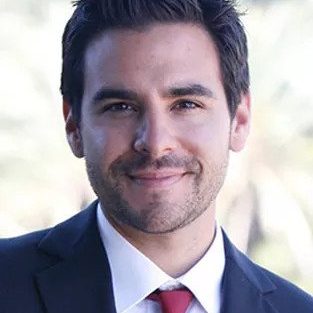
Mario Montecinos started his career in 2005. He brings 14 years of experience specializing in Mortgage Banking and Brokering. Previously, he worked for Mason-McDuffie Mortgage Corporation, Wells Fargo and Bank of America as a Loan Officer.
Mario’s greatest strengths are his experience and commitment to getting the job done well. Just as important, Mario enjoys his career, particularly building customer relationships. Also, providing top-notch service to customers bring him tremendous satisfaction.
Mario graduated from CSULB with a B.S. in Business Administration. He has continued his professional education with certifications in Finance and Real Estate and is a licensed Real Estate Broker.
Is a mortgage broker better than a direct lender?
What’s the difference between a direct lender and a mortgage broker?
This question comes up very commonly and there is a lot of misinformation out there about this subject. Let’s begin with the fundamental difference. A loan officer at a bank is employed as an agent of the bank they are representing. At the end of the day, bank is selling you a product (a mortgage), and paying their sales team a commission. The borrower pays this commission to the loan officer at the bank either by paying higher fees or a higher rate so that the bank can compensate the loan officer for the sale. A broker, on the other hand, is self-employed, or works for a mortgage firm who represents the borrower and is an agent of the borrower. The broker has a fiduciary duty to perform in the borrower’s best interest, not the banks’.
A mortgage broker creates value to the banks and investors by submitting fully compliant loan packages without the investor being required to engage in sales, screening, or processing of their applicants. It lets them do what they do best, is simply provide capital in exchange for monthly interest payments.
There is a misconception, where homeowners may come under the impression that a mortgage broker is a “middle-man” or that somehow a broker must mark-up a consumer’s rate in order to earn a profit. In fact the opposite is true. A broker is almost always compensated by the investor in the form of a yield spread premium.
For example:
Bank of Hometown’s base rate to lend 30 years if no application or processing was required: 2.5%
Bank of Hometown’s rate, when originating the mortgage direct to a consumer: 3% (the difference between the 2.5% and 3% is to earn enough to pay for the origination, commission and processing at the bank)
Bank of Hometown’s rate, when originating through wholesale channels to a licensed broker: 2.5% (the bank will offer the real rate to the broker, because the broker will do not have to handle all the origination and processing)
The broker is able to secure a 2.5% rate commitment on the wholesale channel. With the offer to lend to the broker at 2.5%, the bank will also pay the broker an upfront rebate or other compensation for any rate above the 2.5% wholesale rate. The broker can mark up his wholesale rate of 2.5% by .25% to earn a big enough rebate to pay for expenses and make a profit, thereby delivering a 2.75% rate to the consumer at .25% less than the 3% the investor would be willing to offer had they been required to handle all originating and processing activities.
The difference, .25% to the rate,is about 100bps worth of credit given back to the consumer, who saves approximately $4,000 in an upfront credit towards any settlement costs, or $19,242 over the course of a 30 year loan on a $400,000 loan amount.


